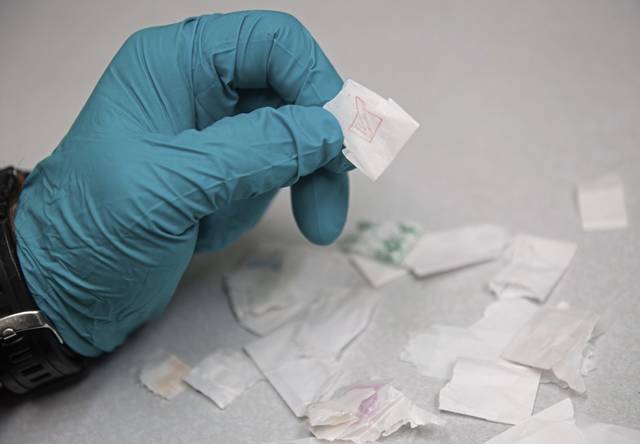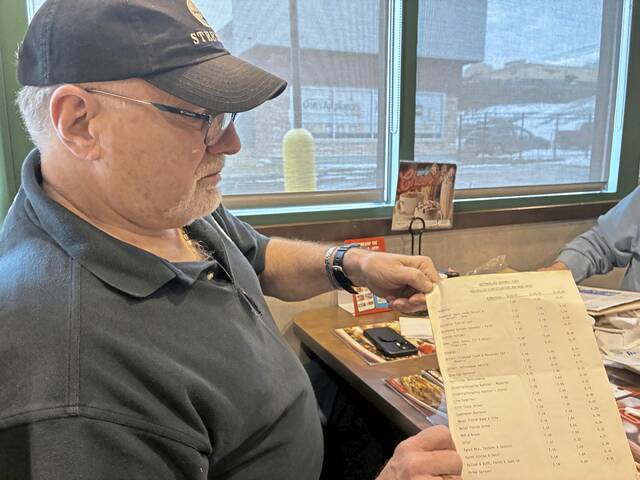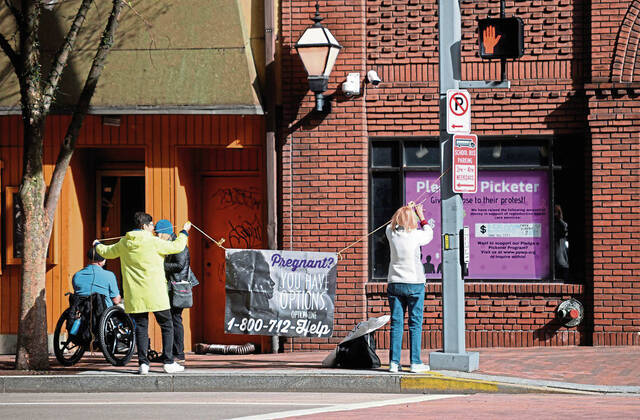Drug overdose deaths in Westmoreland County appear to have dropped for the second year in a row.
Through Dec. 1, 90 people died from drug overdoses in the county and 14 more cases are being investigated as overdose deaths, according to coroner statistics.
Coroner Ken Bacha said he expects eight to 10 more deaths to be added to those figures this month.
Drug overdose deaths in the county decreased in 2018 for the first time this decade. That 36% drop from 193 deaths in 2017 to 122 in 2018 encouraged officials that awareness, education and other efforts are helping.
Bacha said the county was on pace earlier this year to see a death toll below 100 for the first time since 2014.
“Then, all of a sudden in the fall, we just got a big run of them,” he said.
Officials looked for a connection among the deaths — including stamp bag markings and location — but nothing was consistent.
“They’ve been all over the place,” he said.
This year’s totals in Allegheny County appear to be going down, too — 189 drug overdose deaths were reported by the medical examiner to OverdoseFreePa, but it was unclear when those numbers were last updated.
Allegheny County saw a 41% decrease from 737 drug overdose deaths in 2017 to 432 in 2018. Other than a slight decrease in deaths between 2012 and 2013 in Allegheny, the death toll has risen annually during the last decade until the sharp drop in 2018.
The powerful opioid fentanyl remains the top killer involved in 2019 deaths confirmed so far in Allegheny and Westmoreland counties. It has been the leading cause of overdose deaths since 2016 in both counties.
In the past decade, 4,870 people died from a drug overdose in the two counties, according to the latest figures available.
Bacha said officials are seeing an increase in methamphetamine and cocaine being present in the systems of those who overdose and die in Westmoreland County. The opioid addiction issue hasn’t waned, though.
“The problem has not gone away,” said county Detective Tony Marcocci, who helps in awareness efforts through a county drug overdose task force. “Opiate addiction is still out there, alive and strong.”
Officials pointed to the availability of naloxone, an opioid overdose antidote, as a lifesaver because family and friends can use it to revive overdose victims. But officials believe, in some of those cases, the police or an ambulance aren’t called for assistance. Task force director Tim Phillips said those people need help to get into treatment and stay clean.
“We are seeing a lot of people now surviving overdose,” he said.
Deaths nationwide from the prescription opioid epidemic sharply dropped in 2010 to start off the decade, while deaths attributed to heroin exploded, according to the Centers for Disease Control.
From there, the epidemic continued to morph and ushered in the modern wave of fatal overdoses fueled by fentanyl, a powerful opioid once used to alleviate cancer pain that now is produced in clandestine labs. The number of overdose deaths involving any type of opioid (heroin, fentanyl or prescription) in 2017 reached 47,600 — a sixfold increase from 1999.








